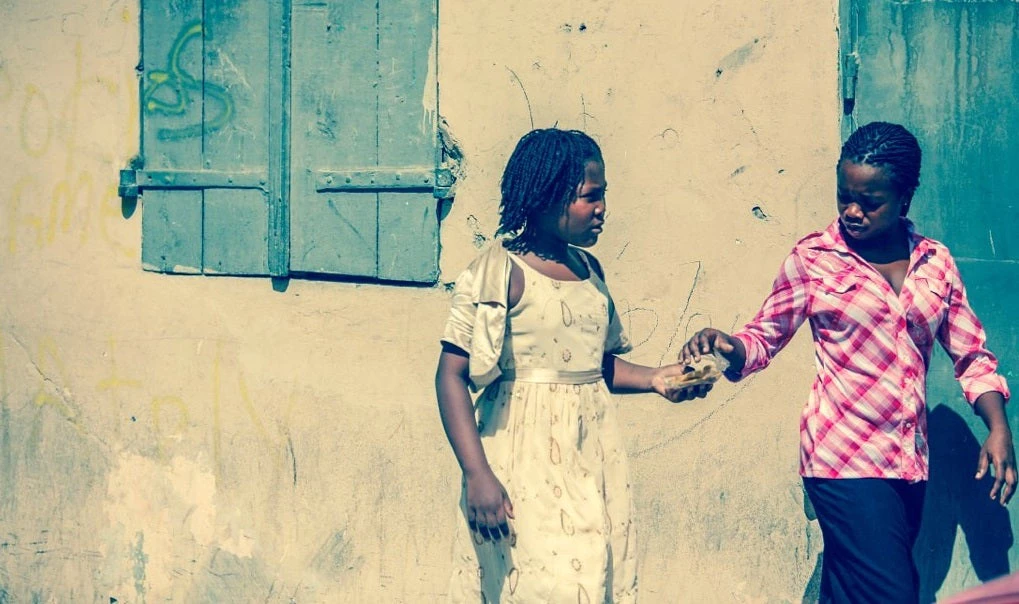
While there are many ways to highlight the linkages between transport and human capital, the example of women’s mobility in Haiti is particularly compelling. When it comes to healthcare, for instance, World Bank data suggests that accessibility is the second largest challenge to women seeking treatment, right after lack of financial resources to pay for medical services themselves: 62% rural households have at least one woman aged 15 to 49 whose decision to seek medical care is affected by distance (World Bank Household Survey, 2012). Poor road conditions act as a deterrent as well, including for prenatal care. These constraints partly explain why only 39% of women in the same age cohort deliver in a health facility, with poorer women being eight times less likely to do so. Pregnancy-related complications such as preeclampsia, which is one of the leading causes of maternal death in Haiti, could be avoided with proper prenatal care.
To overcome these barriers, the World Bank’s Transport team is working closely with Haiti’s Ministry of Transport and Public Works to improve all-weather connectivity in the rural areas of the South, South-East and Nippes regions, paying special attention to women’s needs. This involves looking at different dimensions:
- Project Design with multi-sectoral collaboration. When expanding or upgrading a road network, one of the very first steps is to decide which areas should be prioritized. Some of the variables typically influencing that decision include poverty rates and exposure to climate risk. One innovative feature about the Haiti project is that it also factored in gender considerations right from the design phase, especially regarding access to maternal and reproductive health facilities (including emergency obstetrics and newborn services). To that end, geo-spatial analysis helped us identify which road segments the program should focus on in order to improve access to health clinics for the population. In parallel, the World Bank’s health teams are providing investments and equipment to many of these clinics to improve the quality of service. Accessibility to markets was another important priority. Evidence suggests that improving women’s economic participation and their productive assets can have positive impacts on entire households, as women typically invest a higher proportion of their earnings in their families and communities.
- Local Mobility Plans that support women and girls’ choices in remote rural locations. Together with investments into the primary and secondary networks, Local Mobility Plans (LMP) will be developed at the community level to identify meaningful complementary infrastructure investments that improve connectivity. A participatory mapping exercise will guide and inform the LMPs. Women will be at the heart of this process, which will ensure that their mobility concerns are adequately reflected in the planning and design of the infrastructure. Complementary public infrastructure such as lighting, for instance, helps women feel safer and can reduce the probability of all forms of crime, including violence against women.
- Focusing on evidence to inform future interventions. As a complement to this project, the Quality Infrastructure Investment Partnership (QII) is financing a study that will measure how improved road connections in these rural communities impact women’s socioeconomic outcomes, and how this may differ from the impact on men. Understanding the linkages between rural roads accessibility, household and women’s welfare is essential for us if we are to design gender-responsive projects that ensure equitable access to newly built infrastructure. Invisible infrastructure – such as social norms and behavioral nudges – is key to narrow the gender gap in the use of infrastructure and may explain any differential use.




Join the Conversation